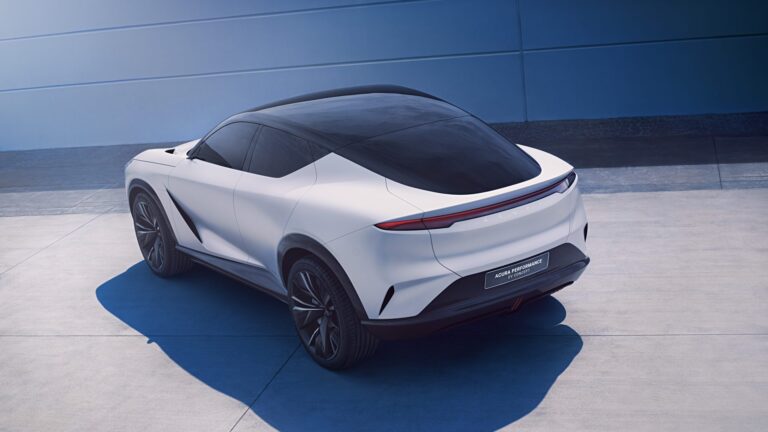The Peugeot 308 offers a thoughtfully designed interior, an array of standard features, and a selection of engine options, giving it several notable strengths. However, it falls short in several areas compared to other family cars.
For those considering the electric e-308, it remains a unique choice, but company car drivers are better suited to the Hybrid 180. On the other hand, private buyers will likely prefer the cost-effectiveness of the PureTech petrol engine. Among the trim levels, the Allure trim strikes the best balance of value and features.
Engine, 0-60mph, and Gearbox
The base engine for the Peugeot 308 is a 1.2-liter petrol engine with 129bhp, marketed as the 1.2 PureTech 130. This engine comes paired with an eight-speed automatic gearbox as standard, providing adequate acceleration, with a 0-62mph time of about 9.7 seconds.
The 308 also offers a 1.5-liter diesel engine, labeled 1.5 BlueHDI 130, which produces 129bhp. This version shares the same automatic gearbox and delivers solid low-end torque, although it lacks the refinement of the 1.2-liter petrol engine.

Varients
The lineup also includes two plug-in hybrid (PHEV) variants. The Hybrid 180 combines a 1.6-liter petrol engine with an electric motor, producing a combined output of 178bhp, allowing a 0-62mph time of 7.6 seconds. Its 12.4kWh battery offers an official electric-only range of about 35 miles, though in real-world conditions, you’ll likely get closer to 30 miles before the petrol engine activates.
The more powerful Hybrid 225 adds extra horsepower but only shaves 0.1 seconds off the 0-62mph time, achieving it in 7.5 seconds.
Suspension and Ride Comfort
Peugeot has prioritized ride comfort in the 308’s suspension setup, but the results feel slightly unbalanced. The suspension is softer than that of the Ford Focus or Seat Leon, making the car relatively composed on highways. However, it feels floaty over undulating roads and less controlled than its competitors.
Handling
The Peugeot 308 handles adequately, but it’s not a car that inspires spirited driving. It grips well and avoids excessive body roll but lacks the dynamic involvement of competitors like the Ford Focus or Seat Leon. The small steering wheel makes maneuvering easy, but it offers minimal feedback, leaving the driver somewhat disconnected.

Interior
The 308’s interior layout features Peugeot’s signature i-Cockpit design. The digital instrument panel is positioned high on the dashboard, intended to be viewed over the compact steering wheel. While most testers had no issue with visibility, the driving position can feel awkward for some, as if sitting unusually low. All trims include adjustable lumbar support, and the top-spec GT trim adds a massage function for extra comfort.
Sat Nav and Infotainment
The i-Cockpit infotainment system, displayed on a 10-inch touchscreen, offers crisp graphics but suffers from slow response times and unintuitive menus, making it more distracting than rival systems like Mazda’s rotary-controlled interface.
Apple CarPlay and Android Auto are standard, along with natural voice recognition for commands like adjusting temperature or setting navigation. The cabin materials are of good quality, with soft-touch surfaces in frequently used areas.
Safety and Reliability
Standard safety features include automated emergency braking, lane-keeping assistance, and traffic-sign recognition. Peugeot offers a three-year, 60,000-mile warranty on the 308, with PHEV batteries covered for up to eight years or 100,000 miles.



